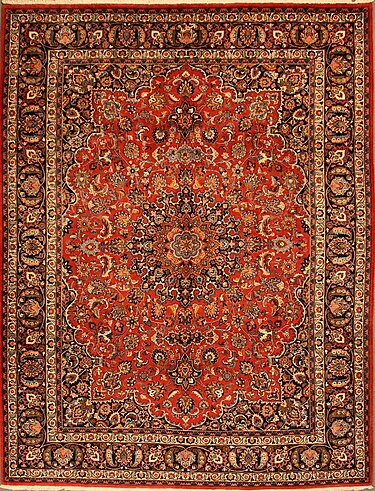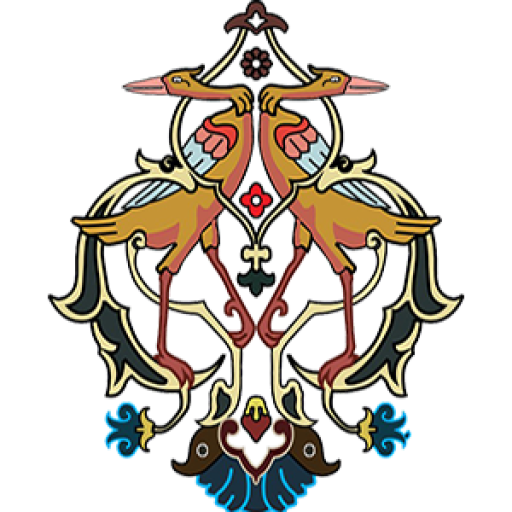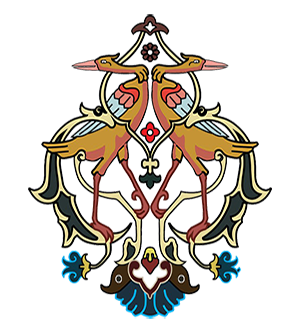History of Ardabil Carpets
Ardabil carpets are among the most iconic and oldest types of Persian carpets. This region, located in the northwest of Iran near Lake Urmia, has long been known as one of the key centers of carpet production in the country. The history of carpet weaving in Ardabil dates back to pre-Islamic times, and over the centuries, this art has gone through various transformations and developments.
During the Safavid era, especially under the rule of Shah Abbas I, Ardabil became one of the most important carpet production centers in Iran. At this time, Ardabil carpets were often sent as royal gifts to other courts and embassies and gained a prominent place in international markets. Since then, these carpets have been recognized worldwide as some of the finest examples of Iranian craftsmanship.





